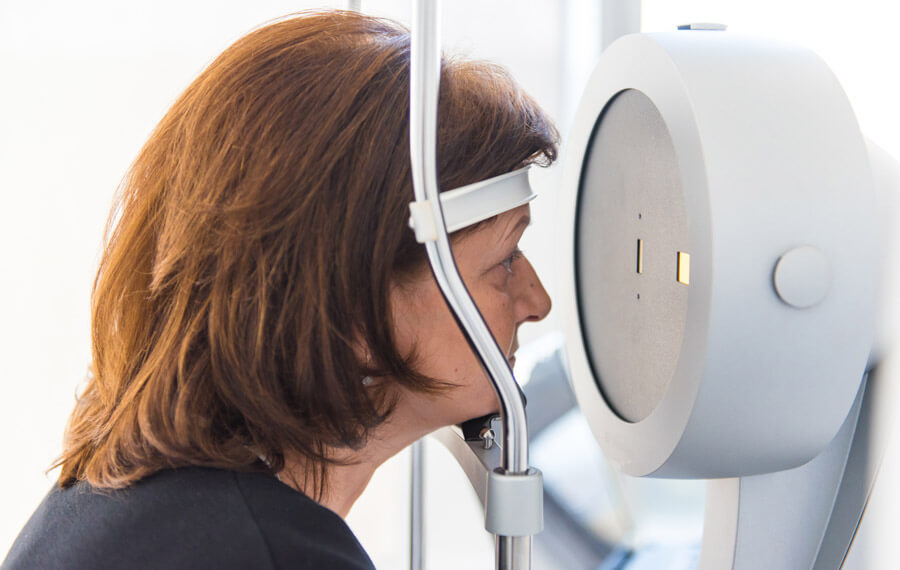PHAKIC INTRAOCULAR LENSES
If your refractive error is too high or your cornea is too thin – it does not mean you
cannot undergo surgery. It only means that can be done by another method.
Implantation of phakic intraocular lenses represents the best and most effective
alternative to laser vision correction.
One of the reasons is the preservation of accommodation. By implantation of these
lenses, the eye’s ability to accommodate, or to see clearly both up close and at a
distance, is not lost. Therefore, it is most often advised to young people who do not
need to use reading glasses.
Another benefit is reversibility of the procedure. This means that the lens can be
explanted, and the state can be returned to the original if the patient wishes so for some
reason, particularly if he/she is not satisfied with the vision after surgery.
What does the surgery look like?
The procedure is simple and painless and consists of implanting the lens in the anterior
eye chamber through a corneal incision which is just a few millimeters wide.
Depending on the type of implant, or rather its design, the lens is fixed to the front
surface of the iris in the anterior eye chamber (Verisyse, Veriflex) or it is implanted
behind the iris and in front of the natural eye lens (Visian ICL Lens). All of these lenses
are biocompatible, meaning that the eye cannot reject them, nor can they cause any
damage.
The surgical procedure is performed in topical anesthesia and lasts only 10 minutes per
eye.
What lenses are implanted?
Currently, the most popular implant of this type is the Visian ICL (Implantable Collamer
Lens) phakic intraocular lens and we use them regularly in our hospital.
What are the main advantages of this lens?
- It can correct a wide range of refractive errors, from -3.00 D to -23.00 D of
myopia, or from +0.50 D to +10.00 D of hyperopia. - It successfully corrects astigmatism up to +6.00 D- It is easily implanted behind
the iris and in front of the natural eye lens, so it does not need to be fixated to the
surrounding eye tissues. - The diameter of the optical part of the lens is significantly larger, making it the
ideal implant for all patients who have wide pupils.
What does the postoperative period look like?
The patient leaves the clinic immediately after the procedure.
The corneal incision through which the surgery is performed heals on its own, so it does
not need to be sutured. The patient can return to his/her daily activities 3-5 days after
the procedure. Postoperative therapy consists of a combination of antibiotics and
corticosteroids, as well as artificial tears.

